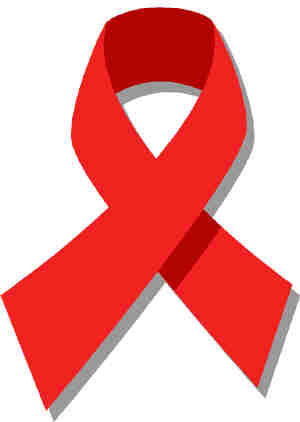
HARARE — In the face of immense challenges, Zimbabwe has been making remarkable efforts to prevent the spread of HIV and Aids.
MICHELLE CHIFAMBA
However, the shortage of the DNA PCR machine which tests HIV in infants and early diagnosis of the virus in children is slowing the response to HIV and Aids in children.
Due to the unavailability of the machines, the country’s ambitions of eliminating mother-to-child transmission by the year 2015, have been threatened.
Blood samples are currently being taken to Harare Central Hospital, which is the only institution with the machine.
Paediatric Anti-Viral Treatment (ART)expert Thembinkosi Ncomanzi, during a workshop organised by the National Aids Council (NAC), said the shortage of the DNA PCR machines was slowing HIV/Aids response in children.
“We have only one centre testing for HIV in children which is Harare Central Hospital. All the samples in the country are being processed there and it is time-consuming and expensive,” he said.
According to World Health Organisation (WHO) 2011 HIV and Aids report, decentralisation and the intensive scale up of Anti-Retroviral Treatment (ART) programme has enabled Zimbabwe to provide ARV therapy to an additional 260 000 people over the period of 2009 to 2011.
- Chamisa under fire over US$120K donation
- Mavhunga puts DeMbare into Chibuku quarterfinals
- Pension funds bet on Cabora Bassa oilfields
- Councils defy govt fire tender directive
Keep Reading
However, at the end of 2011, only 37% of children eligible for treatment were on ART.
“The high mortality and short survival time of prenatally-infected infants underlines the importance of early identification of HIV-infected antenatal women. Large numbers of infants who are infected during delivery will die unless HIV diagnosis and aggressive clinical management of infants are initiated early,” reads part of the WHO report.
In Zimbabwe, more than 15 000 children are infected with HIV every year, the majority through mother-to-child transmission, however, the provision of services to prevent the transmission of HIV between mothers and their children during pregnancy is gradually being scaled up.
The Health and Child Welfare ministry said there are about 47 000 infants that need testing, but they could not be immediately reached because the technology to do so is widely unavailable.
Director of Aids and TB Unit in the Ministry of Health and Child Welfare Dr Owen Mugurungi is on record saying that more 47 000 children need testing, but could not be reached because of technology constraints.
“Early infant diagnosis is important in our response to HIV and Aids, especially to children. Due to technological constraints the country would lose at least 30% of children in their first year as the results take long to be processed to ensure universal access to treatment and care.
“Testing adults is easy though rapid testing which is antibody-based, but can not be used for children because they carry their mother’s antibodies up to 18 months after birth,” said Dr Mugurungi.
The Ministry of Health and Child Welfare states that 25% of the children born with HIV in Zimbabwe are are because of mothers who would have shunned anti-retroviral therapy while 75% of the HIV-positive children were born to mothers whose CD4 count was below 350.
“HIV prevalence among pregnant women (aged 15-49) is 16% and mother-to-child transmission accounts for the highest number of HIV infections. The increased risk has been a result of poor care given by sick mothers on increased exposure to infections carried by immune-compromised parents,” according to the ministry.
Approximately, 25% of infants born to HIV-infected mothers are also infected and an estimated 152 189 children are living with HIV in Zimbabwe, most of whom are infected through mother-to-child transmission.
The Multiple Indicator Monitoring Survey (MIMS) indicates that a small increase in the under-five mortality rate of 86 per 1 000 live births compared to 82 in 2005 while the 2009 estimates by the Inter-agency Group for Child Mortality Estimation showed an under-five mortality of 96 per 1 000 live births.
“One of the reasons for failure of PMTCT is that some mothers do not attend follow-up appointments.
“Possible reasons for this are financial constraints, the long distances between homes and clinics and the fear of stigma attached to taking antiretroviral treatment,” notes MIMS.
According to the WHO, HIV and Aids are one of the leading causes of under-five mortality in Zimbabwe, accounting for 21% of the deaths. Over 95% of the paediatric cases of HIV in children less than five years of age are vertically transmitted from mother to child during pregnancy, childbirth or breastfeeding.
Infants infected with HIV die before two years of age unless they receive medical treatment.
Thus, preventing mother-to child transmission and screening infants for HIV after delivery and throughout breast feeding are critical measures for reducing the numbers of children dying from HIV-related conditions.











